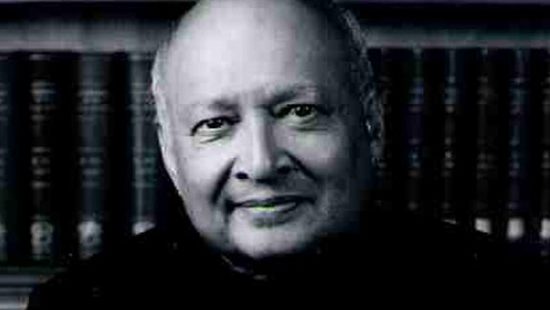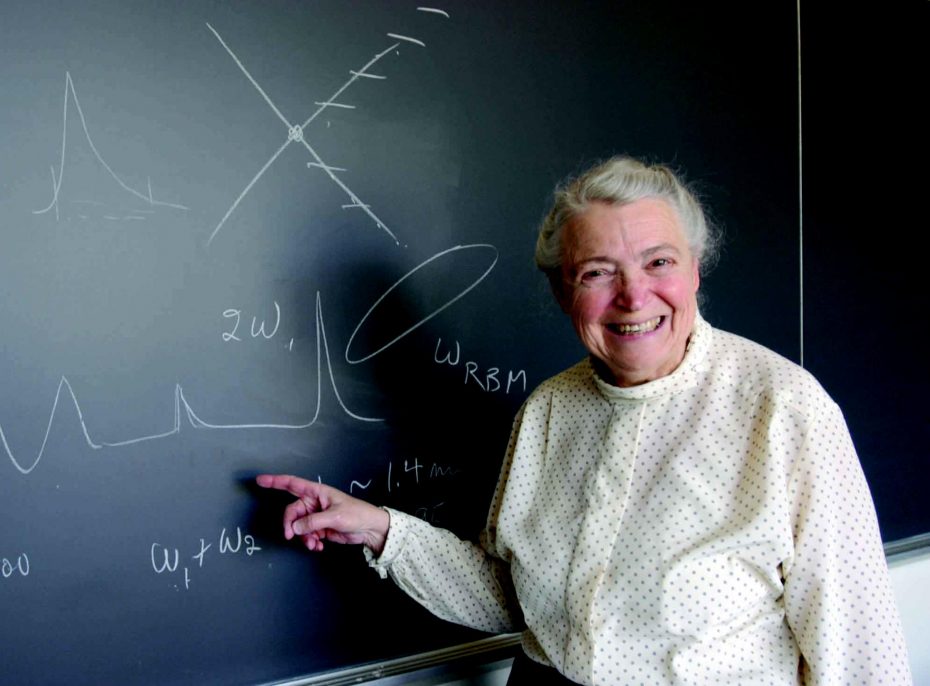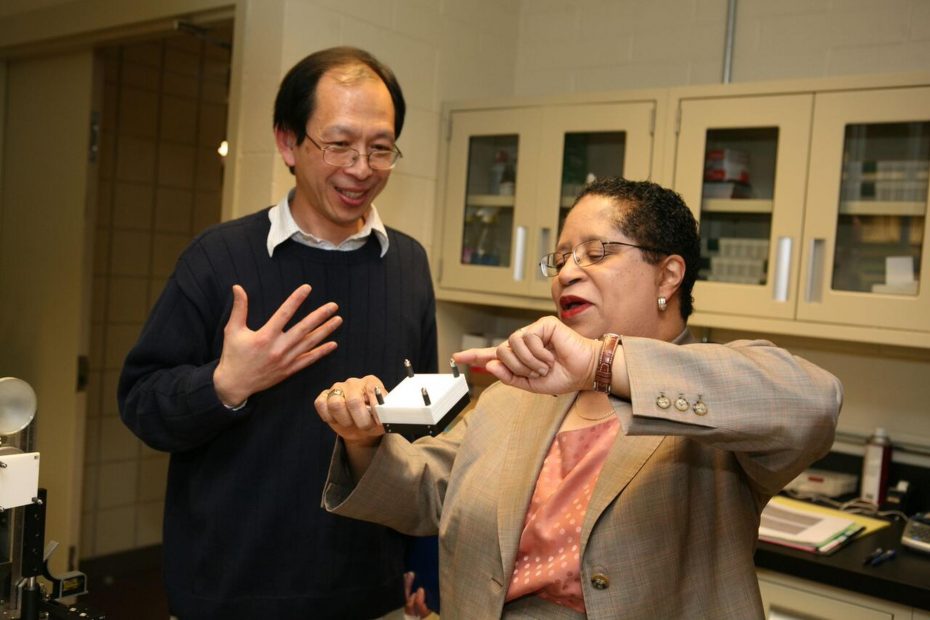After World War II, a Massachusetts child took over his parents’ basement for building model airplanes – using rubber bands to increase the power of propellers.
That boy, Richard T. Whitcomb, later became an aeronautical engineer, influencing nearly every large commercial flight in the sky today.
In 1951, Whitcomb – looking to reduce the air drag on jets – introduced “area rule,” the idea of shaping an airplane’s body like a Coke bottle to improve aerodynamics.
The design helped increase the speed of planes by up to 25 percent without any additional engine power.
In addition, Whitcomb introduced the idea of winglets – small panels on tips of wings – which reduce drag and improve fuel efficiency.
“There’s been a continual drive in me ever since I was a teenager to find a better way to do everything,” Whitcomb said in 1969. “If a human mind can figure out a better way to do something, let’s do it.”






